Self-sacrifice isn’t just a human concept.
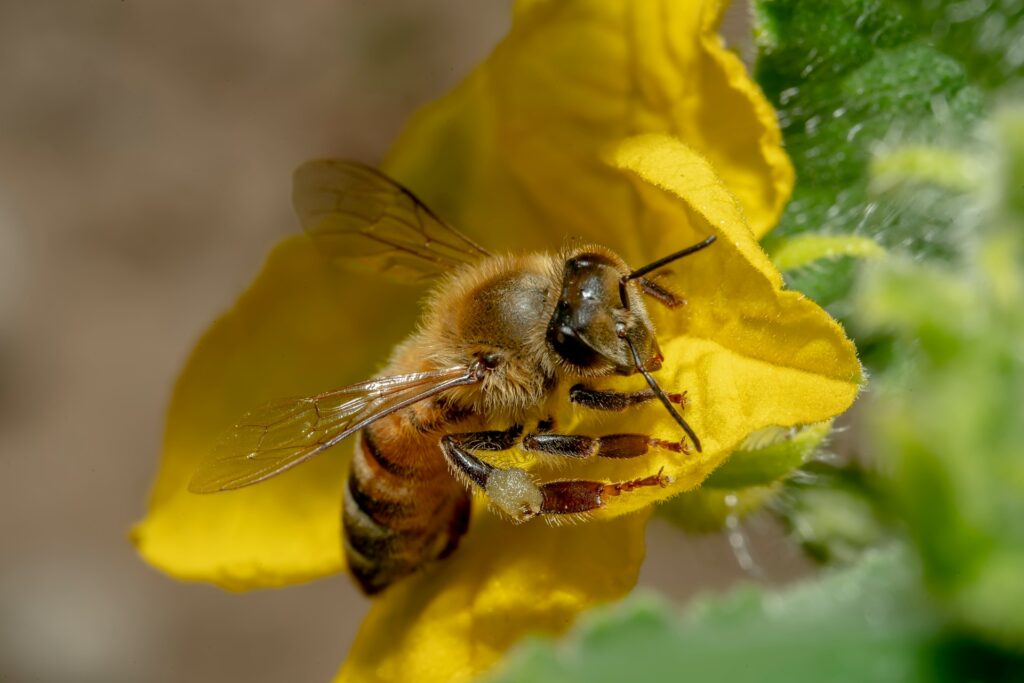
In the natural world, some creatures go far beyond defending their territory or protecting their young. They blow themselves up, rupture their own organs, or unleash toxic defences that guarantee their death. All in the name of saving their colony, hive, or group. It might sound like something out of a science fiction film, but in nature, this level of commitment is surprisingly common. Insects, in particular, have evolved some of the most extreme defensive tactics known to science, and some of them are so intense, they leave behind nothing but a mess and a brief window of safety for the rest of the group.
Here are 10 creatures that take one for the team—quite literally—and the wild strategies they use to do it.
Malaysian exploding ants
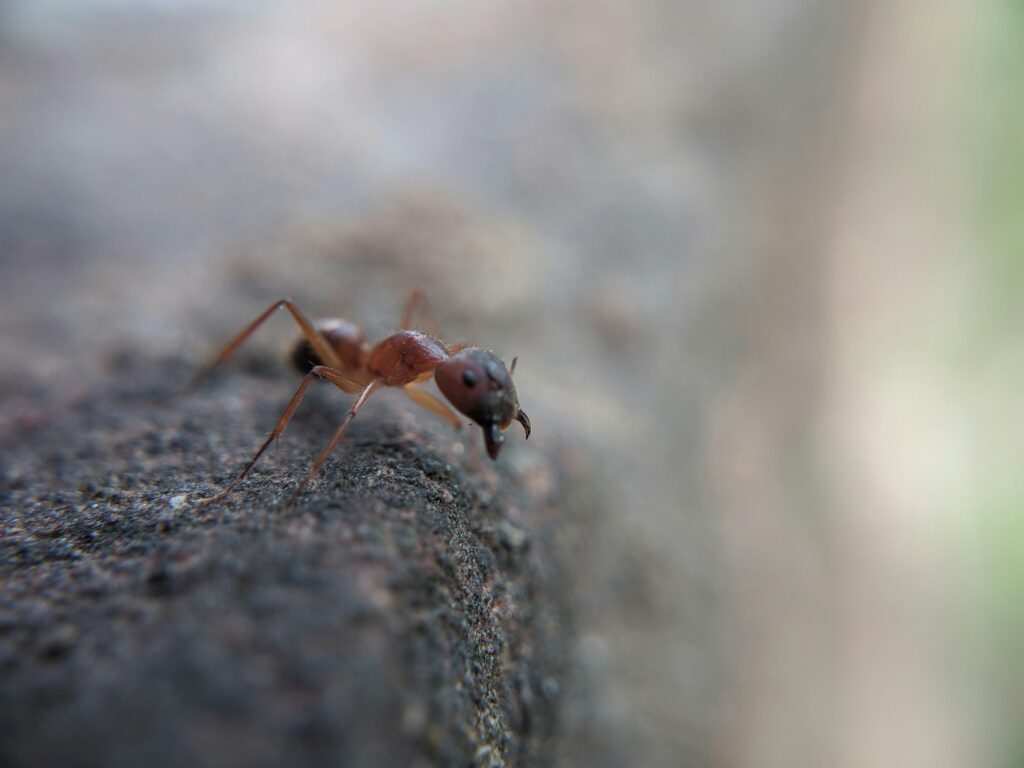
These ants are exactly what they sound like: living grenades. When threatened, certain worker ants in this species can contract their abdominal muscles with such force that their body walls rupture. This releases a sticky, toxic substance from their enlarged glands, effectively glueing attackers in place and often killing them. The ant dies instantly, but the sacrifice disrupts the attack and gives the rest of the colony time to regroup or escape. It’s a final act of loyalty, built into their biology. Researchers have found these ants patrolling high-risk zones of the colony, essentially working as sentinels who know they might not make it through the day.
Honeybees

Honeybees are one of the most well-known examples of suicidal defence. When a bee stings a mammal, the barbed stinger gets lodged in the skin. As the bee pulls away, it tears its abdomen apart, leaving behind part of its digestive tract, muscles, and nerves. The stinger continues to pump venom into the target, even as the bee dies shortly after. It’s a brutal process, but it acts as a loud and painful deterrent. The sting warns predators that the hive is protected and that attacking it comes with consequences. While not all stings are fatal to humans, for the bee, there’s no surviving the encounter.
Termite soldiers
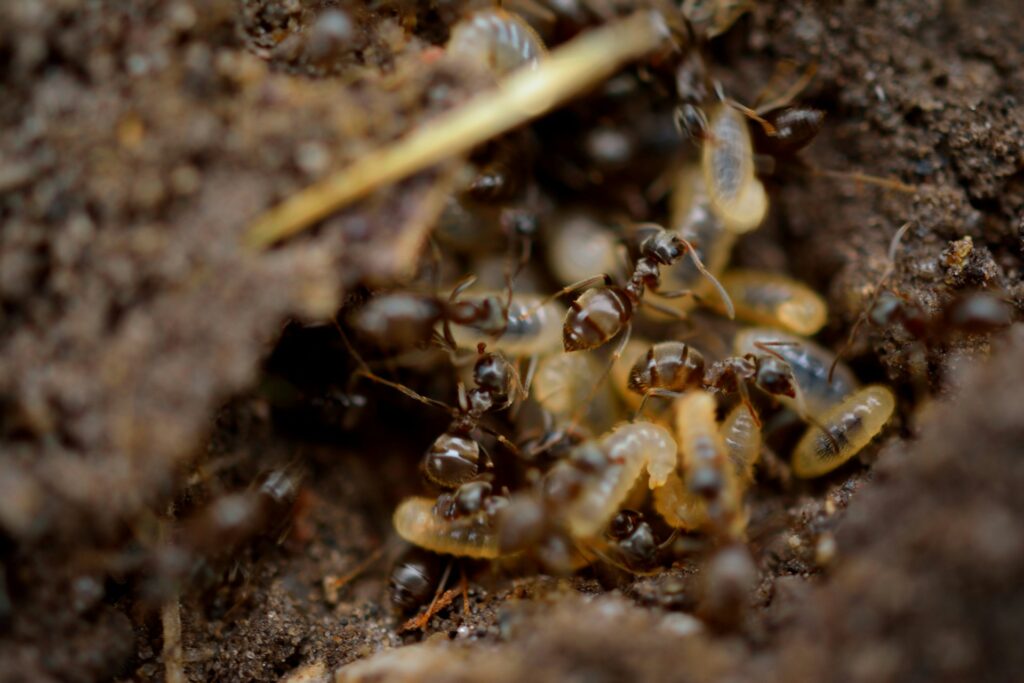
In certain termite species, soldier termites have evolved into biological landmines. Their bodies are filled with special chemicals stored in enlarged glands. When intruders breach the nest, these soldiers latch on and then rupture their bodies, releasing a corrosive, sticky secretion that traps or poisons enemies. This behaviour, known as autothysis, ensures that even in death, the termite is useful. In some species, older termites are more likely to sacrifice themselves, making use of individuals who are no longer useful for reproduction or foraging.
Pea aphids
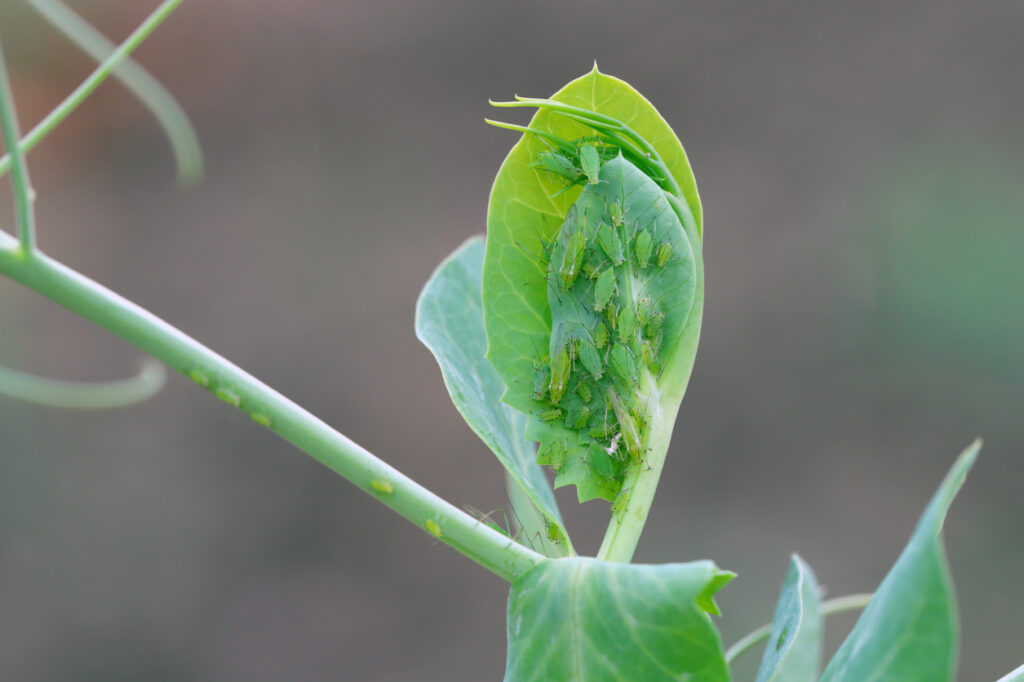
These tiny plant-feeding insects might look harmless, but some of them go out with a bang. When under attack from predators like ladybirds, certain pea aphids will rupture themselves to release a sticky fluid that gums up the attacker’s limbs and mouthparts. While this results in the aphid’s death, it buys time for the rest of the colony to flee or regroup. It’s still being studied how widespread this trait is, but it shows just how far evolution has gone to protect kin – even in such small, squishy creatures.
Japanese honeybees
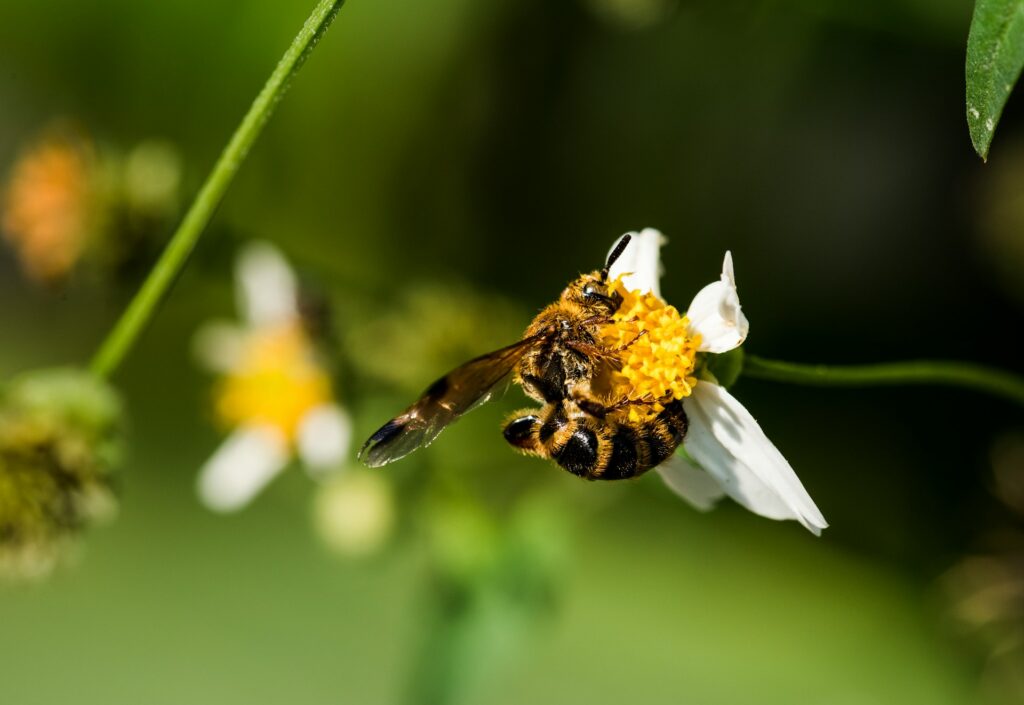
Japanese honeybees face a terrifying enemy: the Asian giant hornet. One hornet can kill dozens of bees in minutes. But these bees have evolved a remarkable defence. When a hornet enters the hive, hundreds of bees swarm around it in a tight ball. Then, they vibrate their bodies, raising the temperature inside the ball to around 47 °C—hot enough to kill the hornet but just below the bees’ own lethal limit. Many bees in the middle of the swarm overheat and die during this process. It’s a calculated, coordinated act of self-sacrifice that stops the invader before it can alert others.
Brazilian ant (Forelius pusillus)
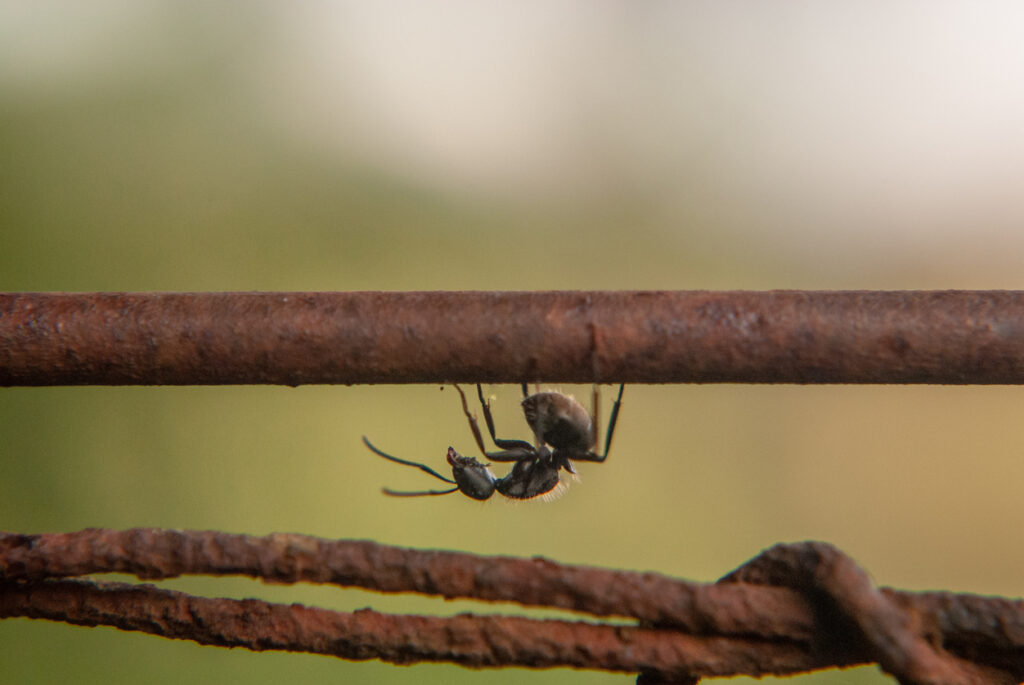
This species of ant shows another type of pre-planned sacrifice. Every evening, a few ants remain outside the nest after the rest have retreated inside. Their job is to seal the entrance with soil, protecting the colony overnight. But once it’s sealed, those ants are trapped outside, exposed to predators and the elements. They die by morning. Scientists believe this is a deliberate strategy: expendable workers are sacrificed daily to secure the safety of the nest. It’s quiet, grim, and incredibly efficient.
Sea hares
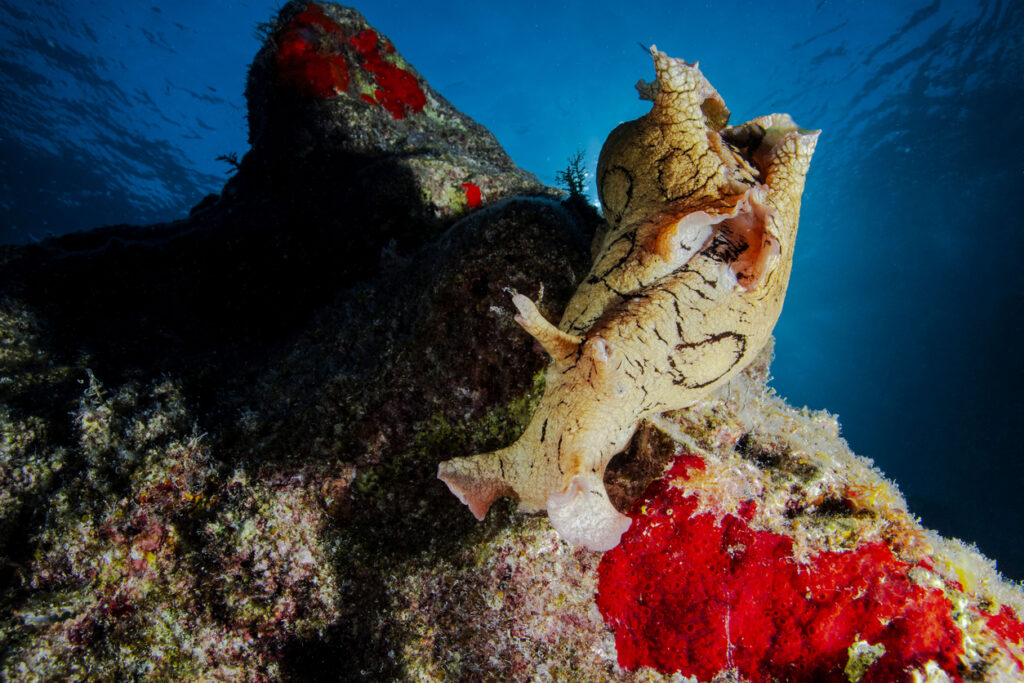
Sea hares are large, soft-bodied sea slugs that use a dramatic chemical defence when threatened. When attacked, they release a cloud of ink and an additional secretion called opaline, which confuses predators by jamming their chemical senses. This buys the sea hare time to escape. In some cases, especially in smaller individuals or when under repeated threat, the effort required to produce these chemicals can leave the animal severely weakened or even dead. While not a guaranteed self-destruct, it’s a high-risk strategy that can cost the animal its life.
Ants of the Camponotus genus
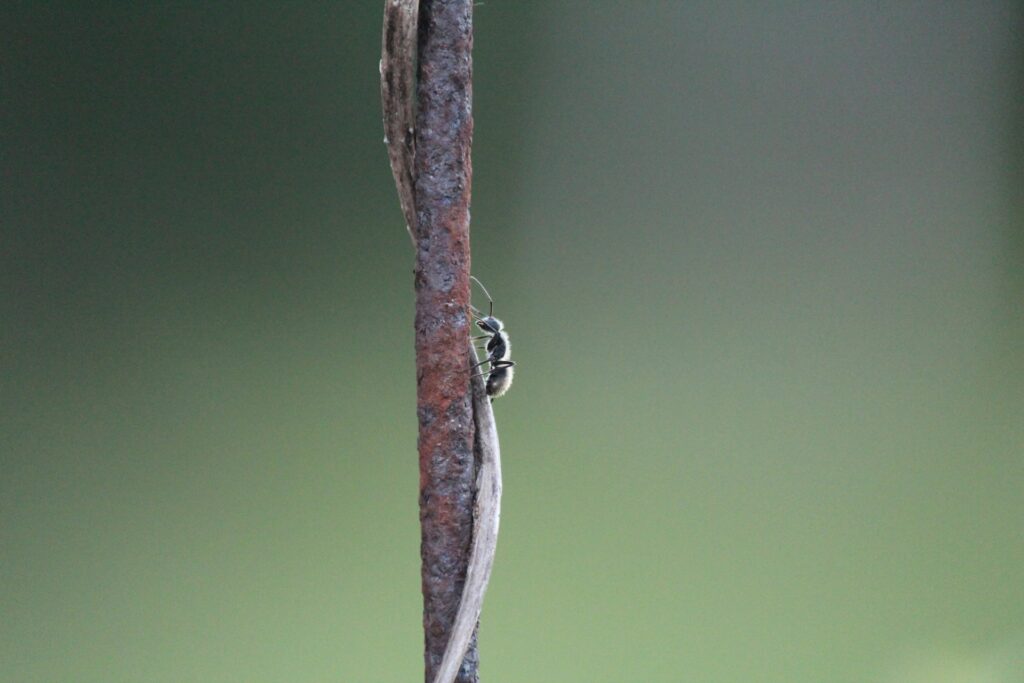
Several species within the Camponotus genus have been observed engaging in explosive defence. These ants possess enlarged mandibular glands filled with corrosive fluids. When provoked, they contract their muscles to rupture their own abdomens, splattering enemies with toxic secretions. In one documented case from Borneo, the ants were observed sacrificing themselves in fights with larger predators or rival colonies. The sticky secretion not only immobilised intruders but also marked them with a scent trail, alerting more ants to the threat. It’s a kamikaze attack with both immediate and long-term benefits.
Self-destructing lacewing larvae
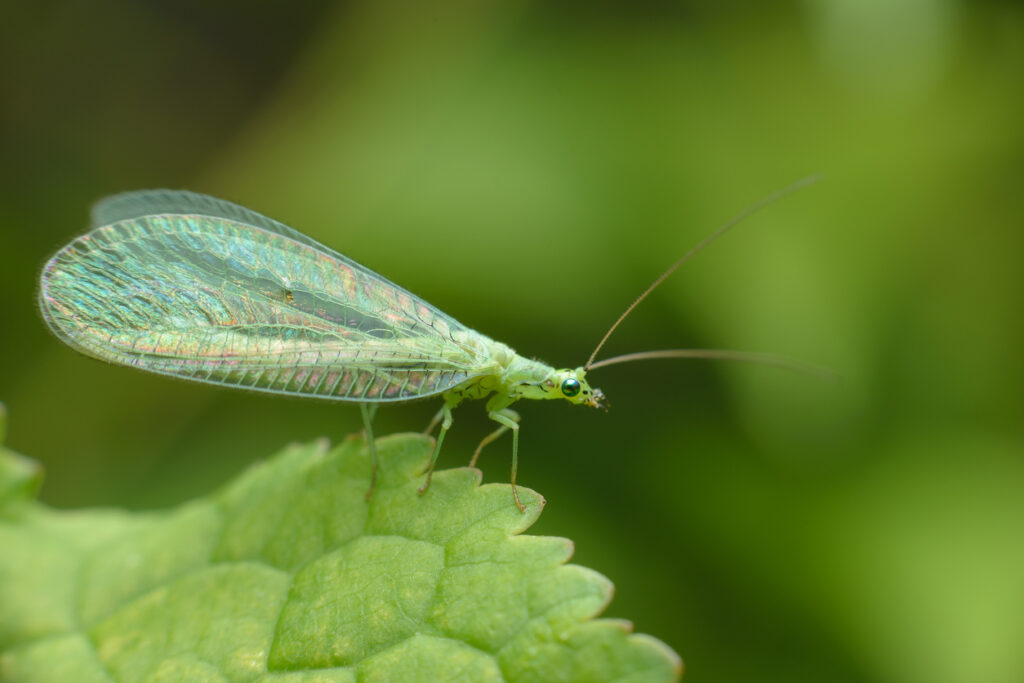
Lacewing larvae are known for their gruesome behaviour of wearing the remains of their prey on their backs as camouflage. But under extreme threat, some have been observed to rupture their own fragile outer shells to release a sticky mess of fluids and detritus, confusing or deterring predators. This isn’t well understood and appears to be a last-resort tactic. It’s not as refined as some of the insect strategies here, but it shows that even soft-bodied larvae can turn themselves into a booby trap when cornered.
Ants that weaponise their jaws
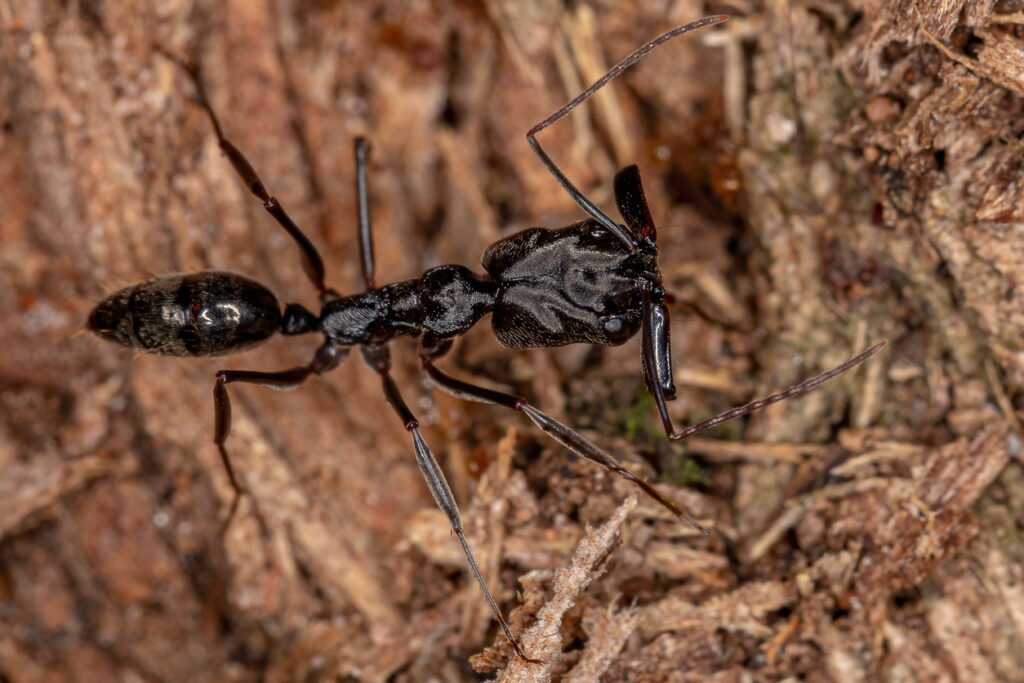
Trap-jaw ants are famous for their lightning-fast mandibles, which they use to snap shut on prey or launch themselves away from danger. But in high-risk situations, they’ve also been seen to propel themselves into threats as a form of collision attack. In group battles or when defending narrow tunnels, a single trap-jaw ant might slam into an enemy with enough force to disorient or injure it, sacrificing itself in the process. Some researchers believe this high-impact movement could act as a last-ditch effort to protect the nest, especially if the ant has no other option.
Self-sacrifice in nature might sound dramatic, but for many of these species, it’s not an emotional decision; it’s an evolved survival strategy.

These creatures don’t hesitate or weigh the odds. They give everything for the good of the group, because that’s how their species has survived generation after generation. Whether through sticky sprays, internal explosions, or high-risk tactics, these animals are hardwired to protect their own, even at the cost of their lives. It’s extreme, it’s effective, and it’s a striking reminder of just how far evolution will go to keep a community alive.